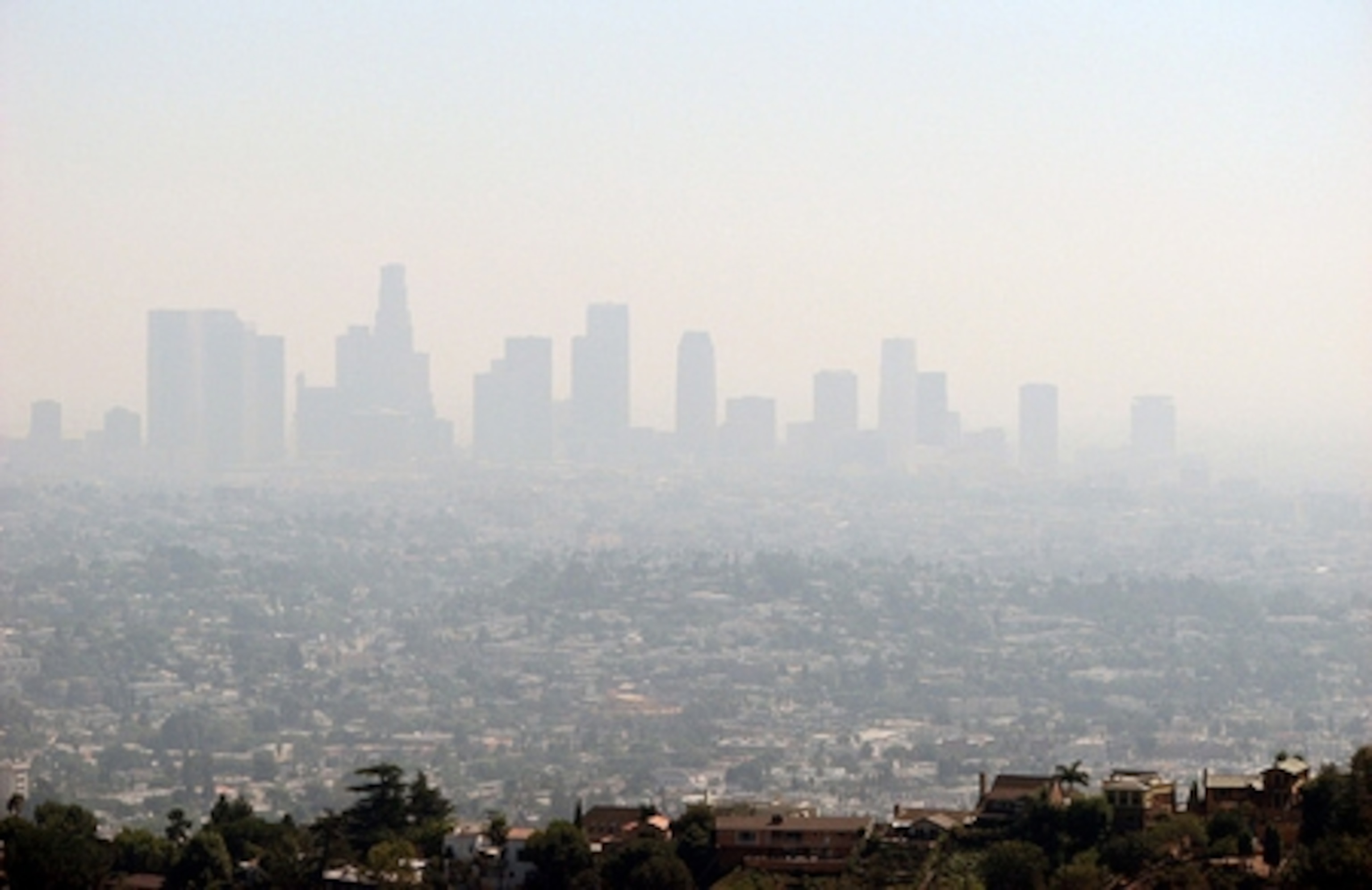A tactical retreat or an abdication?
It’s a scant 14 months to the 2012 elections. The economy’s in the tank, as are the president’s poll numbers. (See here, here, here and here.) The pundits tell us (for instance here and here) that Obama will pivot to jobs, jobs, jobs in an effort to rehabilitate his re-election chances. In the wake of recent White House decisions, one has to wonder if that jobs pivot also includes a calculated pivot away from the environment?
Keystone Cop-Out?
On August 26, the State Department finalized a required environmental impact statement, concluding there’d be no “significant” environmental impacts from the proposed Keystone XL pipeline, which would bring tar sands oil from Canada to American refineries in Texas. The pipeline is opposed by many environmentalists (see here, here and here) because its route goes directly across sensitive wilderness areas as well as the Ogallala Aquifer, a critical U.S. groundwater system. There’s also general opposition to tar sands oil itself because of its relatively large environmental cost. (More on Keystone here.)
Though it’s received an environmental green light, the pipeline is not a done deal yet. But the weeks of protests at the White House, which saw more than 1,000 arrested for civil disobedience, have now subsided. Not the kind of protest, I suspect, either Obama or the environmental community would have envisioned on election night 2008 (even if the reality of how much environmental progress could be made and how fast was duly noted).
Not a Standard Bearer on a New Ozone Standard
And then last Friday came what John D. Walke, the Natural Resources Defense Council’s clean air director, reportedly compared to “a bomb being dropped.” (See here, here and Walke’s blog post.) Said bomb was Obama’s announcement that he was instructing the Environmental Protection Agency to withdraw its proposed new air quality standard for ground-level ozone, one of the main, noxious components of smog.
This decision is especially disappointing to many of the green persuasion since it harks back to a bitter fight with the Bush administration. In 2008 the Bush EPA chose to set the ozone air quality standard at 0.075 parts per million [pdf], meaning that in a given eight hours in a defined region the amount of ground-level ozone in the air cannot exceed 7.5 “parts” of ozone per one million “parts” of air. This, despite recommendations by the Clean Air Scientific Advisory Committee that that standard could not be scientifically justified and that it should be set between 0.07 ppm and 0.06 ppm [pdf] (the latter being the European Union’s current standard).
When Lisa Jackson became EPA administrator in early 2009, she promised the agency would revisit the ozone standard before the statutorily required date of 2013. And work got off to a quick start. By September 2009, the process was formally underway, and in January 2010 EPA announced a proposed new standard between 0.06 and 0.07 ppm.
Everything looked to be on track for a final rule later that summer, but then came multiple delays and missed deadlines. After a July 2011 deadline came and went without a final rule, EPA promised that one was coming soon, one that would be “based on the best science and meet the obligation established under the Clean Air Act to protect the health of the American people” while “consider[ing] costs, jobs and the economy.” And one that looked to be in the recommended range of 0.06 to 0.07 ppm. This move praised by some received loud protests from others, with industry claiming that the standard was overly tight, impossible to attain, and too costly in a struggling economy.
In a seeming cave to industry pressure, Obama announced he’d instructed EPA to delay changing the ozone standard until 2013 out of concern that promulgating a new standard would slow the economy and stifle job growth.
A Look on the Green Side
While this isn’t his only punt on environmental issues (see here, here, here, and here), to be fair and balanced, we should duly note that Obama has been pushing forward on other environmental fronts, including the following:
- CAFE standards: Calling it “the single most important step we’ve ever taken as a nation to reduce our dependence on foreign oil,” Obama announced this past July an agreement with 13 major automakers responsible for 90 percent of the market to raise fuel economy standards to 54.5 miles per gallon for cars and light-duty trucks by 2025.
- Greenhouse gas rules: Building on a 2007 Supreme Court ruling that EPA must regulate greenhouse gases if they pose a threat to public health and welfare, the environmental agency has been laying the groundwork to limit greenhouse gas emissions from major sources. In January 2011 EPA announced it’s developing standards for power plants and refineries slated for release by the end of 2011 and expected to be finalized by 2012.
- The Cross-State Air Pollution Rule (CSAPR): In July 2011 EPA announced a replacement for the embattled 2005 Clean Air Interstate Rule (CAIR), promulgated in the Bush years. The new Cross-State Air Pollution Rule for smokestack emissions aims at tackling emissions of nitrogen oxides (NOx) and sulfur dioxide (SO2) from power plants in the 27 eastern states that together cause ground-level ozone pollution, smog, fine particle pollution, and acid rain.
Suffice it to say, not all of these initiatives have been met with applause from industry.
So, is the president jettisoning his environmental agenda to appease the private sector and garner votes (and presumably campaign dollars)? Or is this latest decision a tactical one, perhaps throwing the opposition a bone (by law, the ozone standard has to be revisited at a later date anyway) while preserving the more essential pieces of environmental agenda?
The interesting aspect of this puzzle is that if Obama is not re-elected, we may never know.
